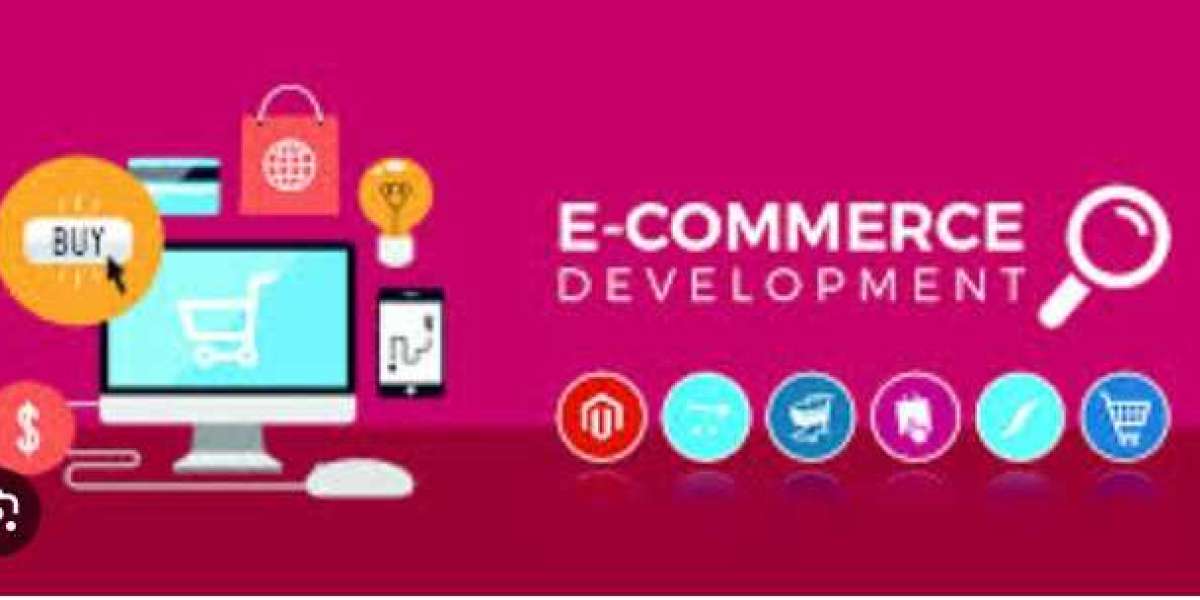But before you jump in headfirst and launch your virtual storefront, careful planning is essential. This comprehensive guide explores the crucial aspects you need to consider when planning your e-commerce journey.
E-commerce 101: Defining Your Niche and Target Audience
- Find Your Passion (and Profit Potential): E-commerce success thrives on passion. Choose a niche you're genuinely interested in, but don't neglect profitability. Research market trends, identify gaps in the market, and ensure there's a viable customer base for your chosen products.
- Know Your Ideal Customer: Understanding your target audience is paramount. Who are you selling to? What are their demographics, interests, and online shopping habits? Tailoring your product selection, marketing strategies, and overall brand image to resonate with your ideal customer is key.
Market Research: The Foundation of Informed Decisions
- Competitor Analysis: Research your competitors thoroughly. Analyze their product offerings, pricing strategies, brand messaging, and online presence. Identify their strengths and weaknesses to differentiate your own e-commerce store.
- Industry Trends: Stay informed about the latest e-commerce trends. This includes understanding popular product categories, emerging technologies like mobile payments, and evolving consumer behavior patterns.
Building Your E-commerce Fortress: Choosing the Right Platform
- E-commerce Platforms Galore: Numerous e-commerce platforms cater to businesses of all sizes and budgets. Popular options include Shopify, BigCommerce, Wix, and WooCommerce. Each platform offers unique features, pricing structures, and ease of use. Research and choose a platform that aligns with your technical skills and budget.
- Scalability Considerations: Think about the future. While a basic platform might suffice initially, consider if it can accommodate your growth plans. Choose a platform that scales seamlessly as your business expands.
Products, Products, Products: Sourcing Your Inventory
- Dropshipping: This popular e-commerce model allows you to sell products without holding any inventory yourself. The supplier stores, packages, and ships products directly to your customers. Dropshipping offers low upfront costs but might have lower profit margins.
- Wholesale Suppliers: Partnering with wholesale suppliers allows you to purchase products in bulk at discounted rates. This gives you more control over inventory management and branding, but requires a larger upfront investment.
- Handmade or Private Label Products: For a truly unique brand identity, consider creating or sourcing handmade products or opting for private label manufacturing. This approach requires more lead time and potentially higher production costs.
Logistics and Fulfillment: The Backbone of Your Operation
- Shipping Strategies: Define your shipping options and costs upfront. Consider offering free shipping above a certain order value or tiered shipping rates based on weight or location. Ensure clear communication of shipping timeframes to set customer expectations.
- Returns and Refunds Policy: Establish a clear and customer-friendly returns and refunds policy. This builds trust and portrays your commitment to customer satisfaction.
Marketing Magic: Reaching Your Target Audience
- Content Marketing is King: Create valuable and informative content related to your niche. This could include blog posts, social media content, engaging product descriptions, and even educational videos. Content marketing attracts organic traffic and positions you as an authority in your industry.
- Embrace Social Media Power: Leverage the power of social media platforms like Instagram, Facebook, and TikTok to showcase your products, connect with your audience, and run targeted advertising campaigns.
- SEO Optimization: Search Engine Optimization (SEO) helps your e-commerce store rank higher in search engine results pages. Optimize your product listings, website content, and meta descriptions with relevant keywords to increase organic visibility.
Legal and Financial Considerations: Setting Yourself Up for Success
- Business Structure: Choose the appropriate legal structure for your business, such as a sole proprietorship, partnership, or Limited Liability Company (LLC). This impacts taxes, liability protection, and business operations.
- Essential Permits and Licenses: Research and obtain any necessary permits and licenses required to operate your e-commerce business in your region. Compliance with regulations is crucial.
- Taxes and Accounting: Familiarize yourself with relevant tax regulations and consider partnering with an accountant to ensure proper bookkeeping and tax filing.
The Final Hurdle: Launching Your E-commerce Store (continued)
- Testing, Testing, 1, 2, 3: Before officially launching your online store, rigorously test all functionalities – checkout process, payment gateways, shipping options, and user experience. Ensure a smooth and seamless experience for your customers.
- The Grand Opening (and Beyond): Launch your e-commerce store with a strategic marketing campaign to generate buzz and attract your target audience. Continue creating valuable content, engaging with your customers on social media, and optimizing your store for conversions based on data and analytics.
E-commerce Success: A Journey, Not a Destination
Building a thriving e-commerce business requires dedication, strategic planning, and continuous adaptation. Embrace the learning curve, be data-driven in your decisions, and prioritize exceptional customer service. By following these steps and remaining passionate about your niche, you'll be well on your way to transforming your e-commerce dreams into a successful online reality.
Bonus Tips:
- Mobile-First Optimization: In today's mobile-centric world, ensure your e-commerce store offers a flawless user experience on smartphones and tablets.
- High-Quality Product Images: Professional and captivating product images are essential for grabbing attention and converting website visitors into buyers.
- Customer Reviews and Testimonials: Positive customer reviews and testimonials build trust and social proof, encouraging others to purchase from your store.
- Data Analytics for Continuous Improvement: Leverage website analytics tools to track key metrics, understand customer behavior, and identify areas for improvement in your e-commerce store.
Ecommerce development can be an incredibly rewarding journey. By following this comprehensive guide and continuously seeking knowledge, you'll be equipped to navigate the exciting world of online business and turn your e-commerce dreams into a flourishing reality!



